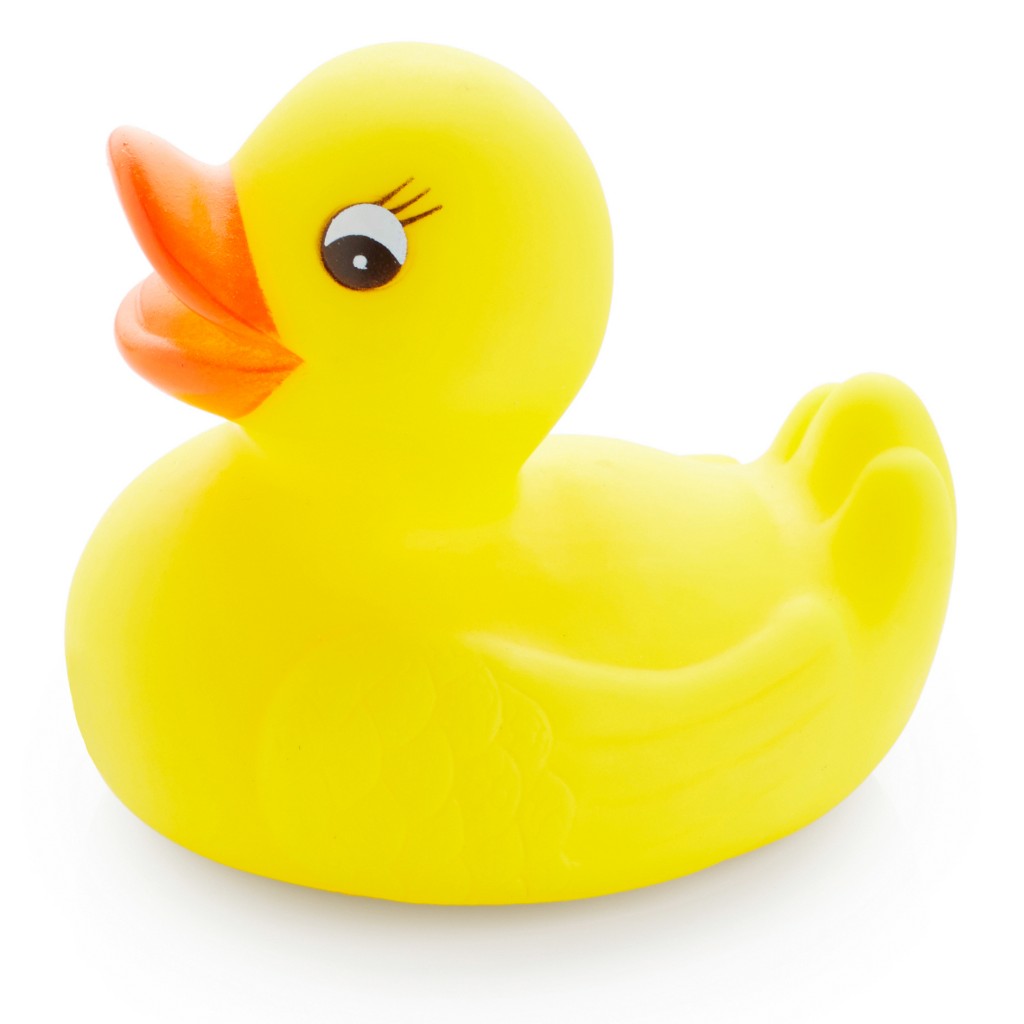5 Tips for Your Child With Hearing Loss and Additional Disabilities

With the right support, a child with hearing loss and additional disabilities can make significant improvement in communication skills. Rehabilitation can feel like a long journey, however by closely monitoring small achievements in your child’s progress, you can maintain motivation throughout the hearing process.
Follow these small but effective steps to track progression, remembering that every child develops at a different pace:
Small Step 1: Availability as a learner
Small Step 2: Share their interest
Small Step 3: Share your interest
Small Step 4: Communicative behaviors
Small Step 5: Grow into the expert
These five small steps will help you on your journey to communication with your child with hearing loss.
Small Step 1: Availability as a learner
A child with additional disabilities will require careful consideration when planning learning opportunities. Identify the conditions that help your child to learn – this may take some experimentation. Where is your child happiest? Think about the physical setting of your learning space including lighting and if they prefer to be inside or out. Be aware of strong smells that may distract your child, or, alternatively, that may help with concentration. Your child may prefer supported sitting or reclined positions.
You may know a range of strategies that calm your child and help make them available for learning. This may include weighted blankets, or a comfortable garment or favorite toy in your child’s lap. Throughout these focused learning periods, always encourage your child to wear their audio processor.
Small Step 2: Share their interest
Observe your child’s interests and share their curiosity. A child with hearing loss and additional needs may require extra encouragement to engage with an item or take longer to indicate their interest. Sharing your child’s interest, even in something as ‘simple’ as a lightbulb, can create a strong connection between you both.
Firstly, make sure that you position yourself close to your child’s listening device to provide the best hearing input possible. When you notice your child is interested in something, you can use auditory hooks to capture your child’s attention. This is a word or phrase that promotes engagement like “Oooh, lovely light!” Add simple words to help give your child some language that matches that interest, for example: “Oh, you are looking at the light. It’s very bright. Daddy might turn it off and on. Off and on.”
You can repeat the phrase, a melody or even your own made-up songs. Here is a song example for the lightbulb:
“Lovely light, pretty light, helps us see at night.
Lovely light, pretty light, bright bright bright.”
Small Step 3: Share your interest
Find a connection between your child’s interest and an interest of yours to entice them to join in communicating with you, remembering that this may take longer or be harder to recognise for a child with hearing loss and additional disabilities. Providing links between their interests and yours introduces them a wider range of interests and consequently, new words and sounds.
Capture your child’s attention by positioning the new object in their line of sight alongside the light–or whatever they were focusing on–and then pull the object slowly away and see if your child follows the toy with their gaze. Use auditory hooks to prompt and maintain attention to the new object.
For example, if your child is interested in a lightbulb, use a toy duck with a light inside to make a new connection. “Look I found another pretty light. It’s a duck light. See the light. Watch the light. Waddle waddle, little duck, quack quack quack. See the duck swim. Quack quack quack. Five little ducks went swimming one day….”
“Look I found another pretty light. It’s a duck light. See the light. Watch the light. Waddle waddle, little duck, quack quack quack. See the duck swim. Quack quack quack. Five little ducks went swimming one day….”
Introduce new language with finger-play, rhymes and songs to help continue your child’s interest. Experiment with new objects to see what interests your child. Some objects will promote lots of language and engagement and others will not gain any reaction. Don’t be disheartened–we all have things we like and things that don’t interest us!
Small Step 4: Communicative behaviors
Your child may use a range of behaviors to indicate that they are communicating with you. These may be subtle but do indicate that your child is communicating with you. These behaviors may include:
- becoming still or calm
- raising their eyebrows
- holding eye contact
- smiling, laughing
- becoming excited
Your child may use the same behaviors to indicate interest in an object. Watch carefully for these signs and always respond to them so your child knows how important the responses are to you.
It is important to extend your child’s language by giving lots of additional information. For example:
“I think you like this duck. You were watching the light. Let’s do that again. Here’s the duck, quack quack quack.”
Recognising your child’s communicative behaviors can improve social play too. For example:
“I heard you laughing. You like tickling. I am going to tickle you some more. Here comes more. More tickles.”
Small Step 5: Grow into the expert
Every child is an individual, and as a parent, you are the expert on your child’s individual needs, likes, and communicative behaviors. This will also include the strategies required to support learning for your child with hearing loss and an additional disability. Use your specialist knowledge to coach teachers, therapists and other support staff so they can identify and promote language and communication for your child.
Working through these steps will help to strengthen your interactions with your child.
Find out more about the four stages of building your child’s auditory skills.
Looking for more fun ideas for rehabilitation? Check out how you can use dinosaurs to build communication skills.
Did you find this helpful? Subscribe to the MED-EL Blog by entering your email address below to get the latest tips and tricks sent straight to your inbox!
Thanks for your message. We will reply as soon as possible.
Send us a message
Field is required
John Doe
Field is required
name@mail.com
Field is required
What do you think?


